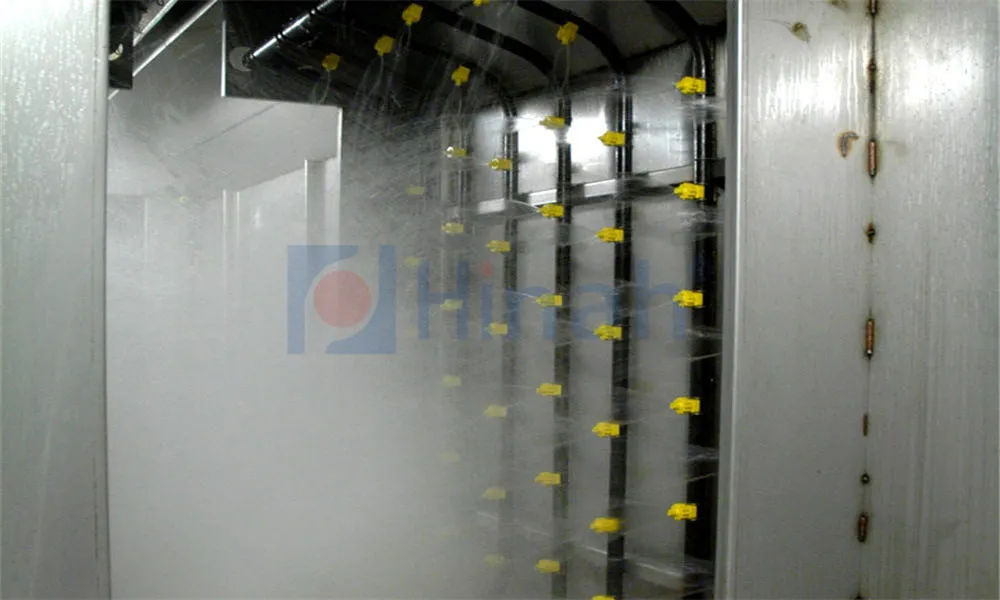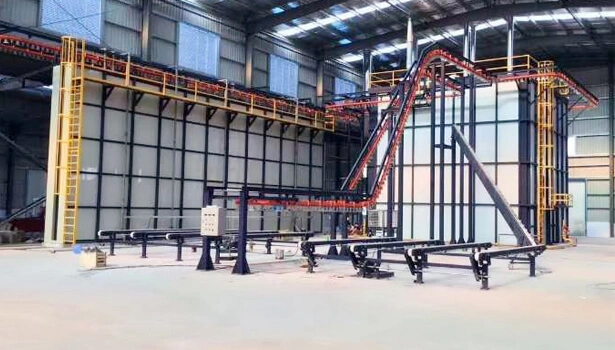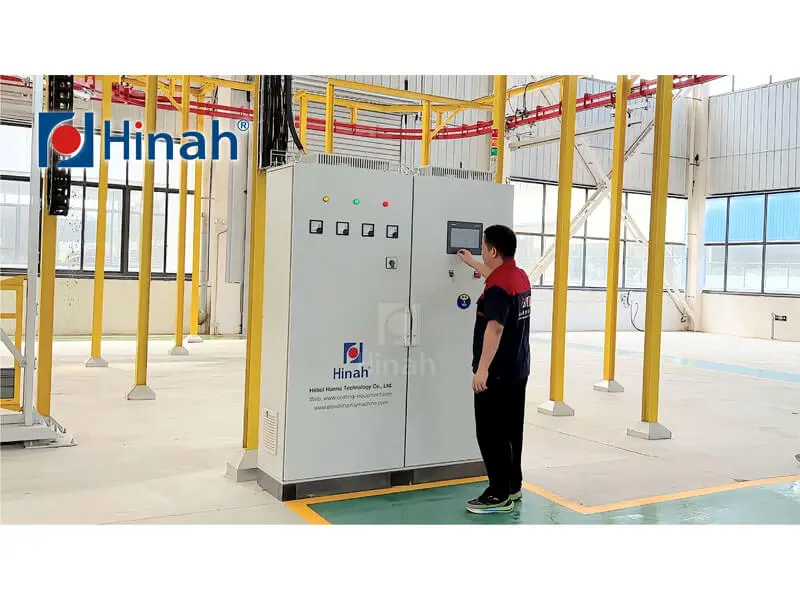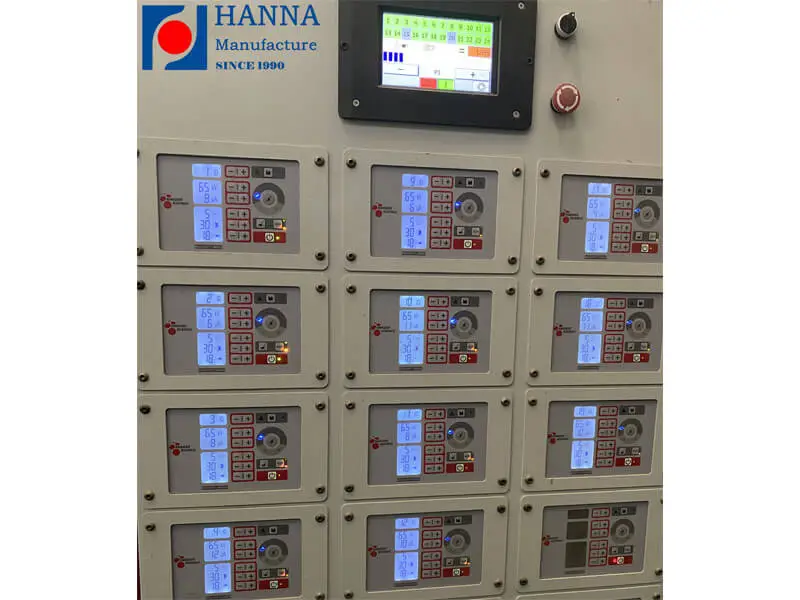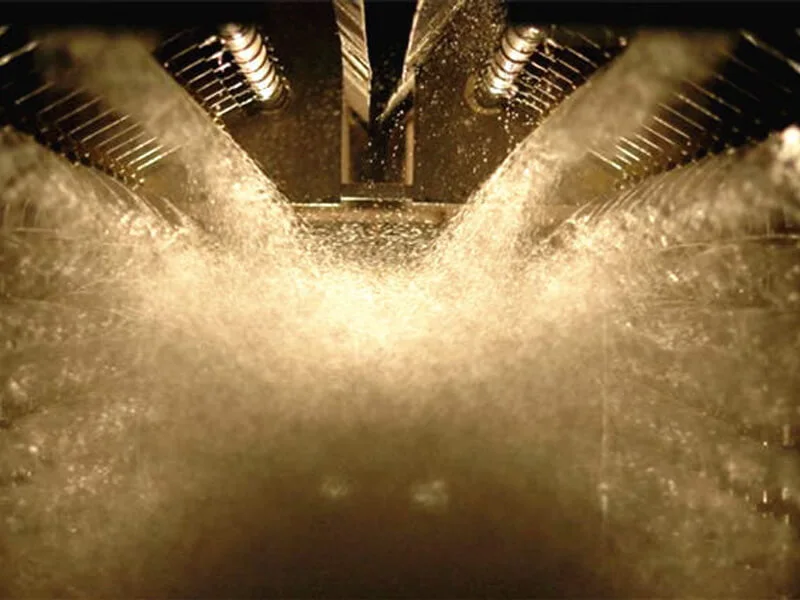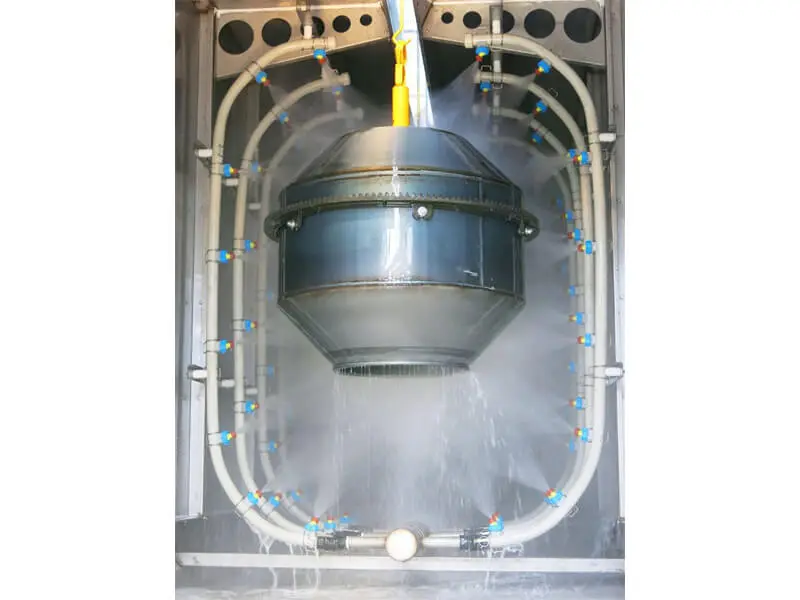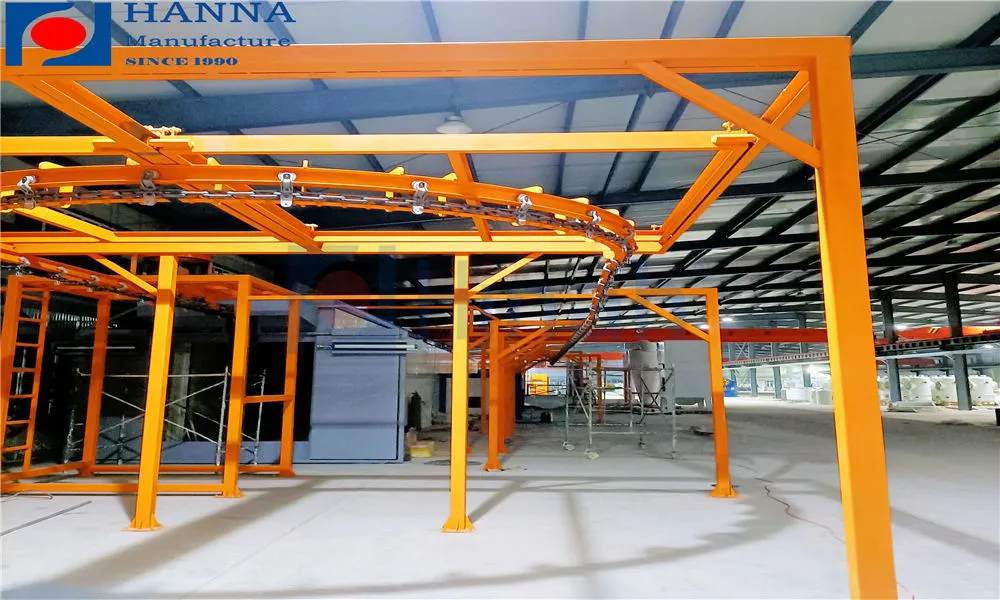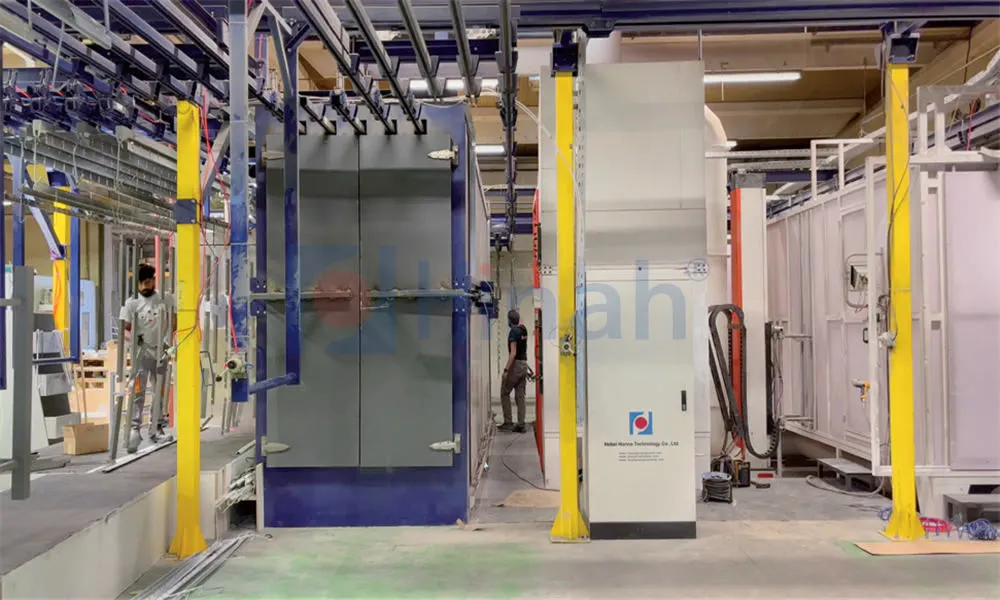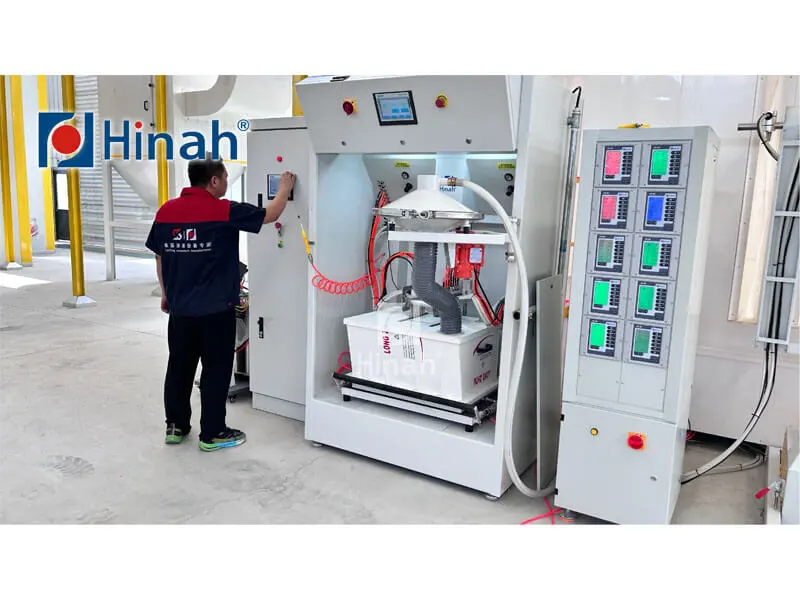In the world of industrial finishing, the powder booth is a cornerstone of efficient and high-quality powder coating processes. This enclosed environment is designed to contain the application of powder coatings, ensuring a controlled atmosphere that minimizes waste, enhances safety, and delivers consistent results. Whether used in automotive, aerospace, or general manufacturing, a well-designed powder booth is essential for achieving durable, eco-friendly finishes. As industries increasingly adopt powder coating for its advantages over liquid methods, understanding the intricacies of a powder booth becomes crucial. This article delves into the essential aspects of powder booths, exploring their functions, types, and common operational challenges. By the end, you'll have a comprehensive grasp of how to optimize your powder coating setup for maximum productivity.
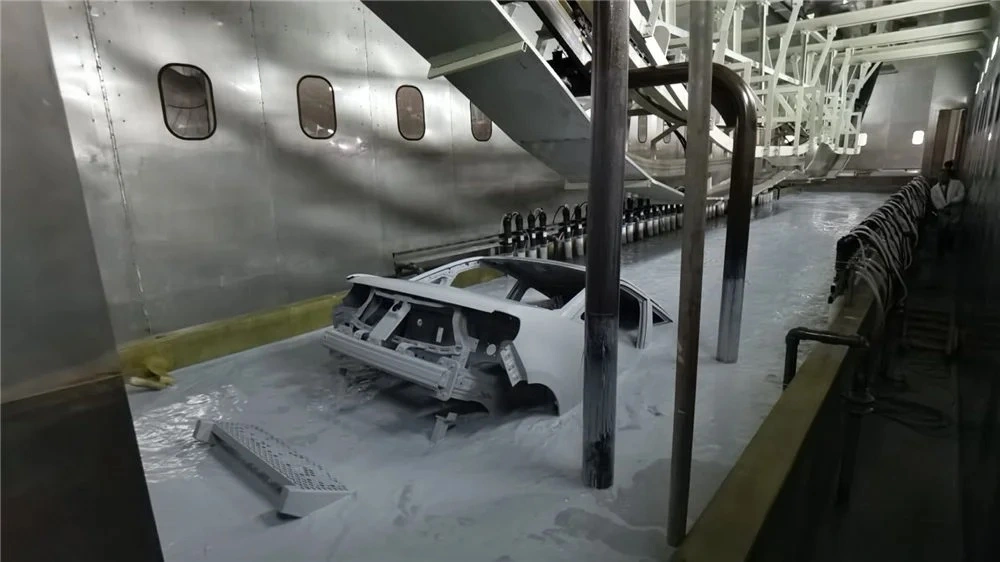
What is a Powder Booth?
A powder booth is a specialized enclosure used in the powder coating process to apply dry powder to surfaces. It serves as a contained space where electrostatic charges are used to attract powder particles to the workpiece, ensuring even coverage. The primary purpose of a powder booth is to control overspray, recover excess powder, and maintain a clean, safe working environment. Typically constructed from durable materials like steel or aluminum, a powder booth includes components such as ventilation systems, filters, and recovery units. This setup allows for the efficient collection and recycling of unused powder, reducing material costs and environmental impact. In essence, a powder booth is the heart of any powder coating operation, enabling precise application while adhering to health and safety standards.
The design of a powder booth can vary based on the application scale, but common features include lighting for visibility, access doors for loading parts, and integrated controls for airflow. By containing the process, a powder booth prevents powder from escaping into the workplace, which could pose respiratory hazards or contamination risks. Moreover, modern powder booths often incorporate energy-efficient technologies, such as low-pressure drop filters, to enhance sustainability. Understanding the basic definition and role of a powder booth is the first step toward leveraging its full potential in industrial settings.
Types of Powder Booths
Powder booths come in various configurations to suit different production needs. The choice of type depends on factors like volume, part size, and desired efficiency. One common classification is based on the powder recovery method. For instance, there are cartridge-based powder booths, which use filter cartridges to capture overspray. These are popular for their high efficiency and ease of maintenance, making them ideal for high-volume operations. Another type is the cyclone recovery powder booth, which employs centrifugal force to separate powder from the air stream. This design is often used in larger systems where heavy powder loads are common, as it allows for continuous recycling.
Additionally, powder booths can be categorized by their mobility and size. Portable powder booths are compact units suitable for small shops or job-based work, offering flexibility without sacrificing performance. In contrast, fixed or custom-built powder booths are designed for large-scale production lines, featuring automated components like conveyor systems. Another variation is the open-face powder booth, which lacks full enclosure and is used for simple applications, though it may have higher powder loss. Each type of powder booth has its pros and cons; for example, cartridge booths provide better filtration but require regular cleaning, while cyclone systems handle heavy loads but might need more space. Selecting the right powder booth type is critical for optimizing coating quality and operational costs.
How a Powder Booth Works
The operation of a powder booth involves a series of coordinated steps to ensure effective powder application. It begins with the preparation of the workpiece, which is cleaned and grounded to facilitate electrostatic attraction. Inside the powder booth, a spray gun charged with high voltage emits the powder, which is then drawn toward the grounded part due to the electrostatic field. The booth's ventilation system plays a key role here, creating a downward or cross-draft airflow that directs overspray away from the operator and toward the recovery unit.
Once the powder is applied, the recovery system kicks in. In a typical powder booth, filters or cyclones capture the excess powder, which can be sieved and reused, minimizing waste. The cleaned air is then exhausted or recirculated, depending on the booth design. This closed-loop process not only conserves materials but also maintains air quality. For instance, in a well-maintained powder booth, the powder recovery rate can exceed 95%, significantly reducing operational expenses. Understanding this workflow highlights why a powder booth is more than just a spray area—it's an integrated system that balances application efficiency with environmental stewardship.
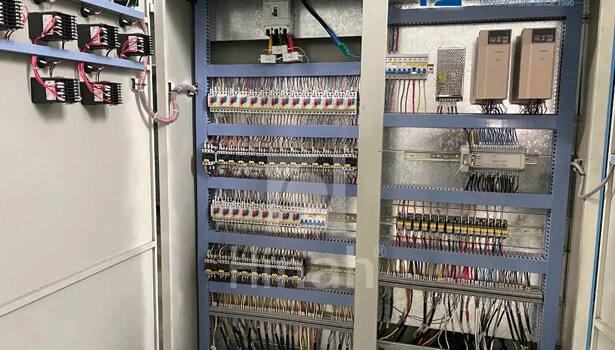
Key Components of a Powder Booth
A powder booth comprises several critical components that work together to ensure seamless operation. The enclosure itself is the primary structure, often made from non-porous materials to prevent powder buildup and ease cleaning. Lighting is another vital element; adequate illumination inside the powder booth allows operators to monitor coating uniformity. Ventilation systems, including fans and ducts, control airflow to manage overspray and maintain a safe atmosphere by limiting powder concentration in the air.
Filters are the heart of the recovery process in a powder booth. Cartridge filters, for example, trap fine powder particles, while pre-filters handle larger debris. The powder recovery unit, which may include cyclones or hoppers, collects and prepares overspray for reuse. Additionally, control panels in modern powder booths enable automation, allowing adjustments to airflow and pressure for different jobs. Safety features like explosion-proof fittings are also common, given the combustible nature of powder coatings. Each component must be properly maintained to avoid downtime; for instance, clogged filters can reduce efficiency in a powder booth. By familiarizing yourself with these parts, you can troubleshoot issues and enhance the longevity of your powder booth.
Benefits of Using a Powder Booth
Implementing a powder booth in your coating process offers numerous advantages. Firstly, it improves material efficiency by recovering and reusing overspray, which can cut powder consumption by up to 50% compared to uncontrolled environments. This not only saves costs but also supports sustainability efforts. Secondly, a powder booth enhances finish quality by providing a controlled environment free from contaminants, resulting in smoother, more durable coatings. The enclosed design also boosts operator safety by reducing exposure to airborne powders, which can cause health issues.
Moreover, a powder booth allows for faster production cycles. With efficient recovery systems, changeovers between colors or jobs are quicker, minimizing downtime. From an environmental perspective, powder coating in a booth produces less volatile organic compound (VOC) emissions than liquid methods, aligning with global regulations. Businesses that invest in a high-quality powder booth often see a return on investment through reduced waste and higher throughput. Overall, the benefits underscore why a powder booth is indispensable for modern manufacturing.
Common Problems in Powder Booth Operation
Despite their advantages, powder booths can encounter issues that affect performance. One frequent problem is poor powder adhesion, often caused by inadequate grounding or humidity fluctuations within the powder booth. This can lead to uneven coatings and rework. Another common issue is filter clogging, which restricts airflow and reduces recovery efficiency. Regular maintenance, such as cleaning filters, can mitigate this, but neglecting it may result in costly repairs.
Overspray accumulation is another challenge in a powder booth, where powder builds up on surfaces, potentially causing contamination or fire hazards. This is often due to improper airflow settings or worn-out components. Additionally, electrical faults in the electrostatic system can disrupt the charging process, leading to wasted powder. To address these problems, operators should conduct routine inspections of the powder booth, monitor environmental conditions, and train staff on best practices. By identifying these common issues early, you can maintain optimal performance in your powder booth.
Maintenance Tips for Powder Booths
Proper maintenance is essential for the longevity of a powder booth. Start with daily checks: clean the booth interior to prevent powder buildup, and inspect filters for blockages. For cartridge-based systems, back-pulsing or replacing cartridges periodically ensures efficient airflow. It's also important to verify that all electrical connections in the powder booth are secure to avoid malfunctions.
Weekly tasks might include calibrating the ventilation system and checking recovery units for wear. Using a checklist can help track maintenance schedules. For long-term care, consider professional servicing annually to assess structural integrity and upgrade components if needed. By adhering to a consistent maintenance routine, you can extend the life of your powder booth and avoid unexpected downtime.
Safety Considerations for Powder Booths
Safety is paramount when operating a powder booth. Due to the combustible nature of powder coatings, fire and explosion risks are a concern. Ensure your powder booth is equipped with explosion-proof lighting and proper grounding to prevent static discharges. Adequate ventilation is critical to keep powder concentrations below explosive limits. Operators should wear personal protective equipment, such as respirators and gloves, to minimize health risks.
Regular safety audits and training sessions can foster a culture of caution. By prioritizing safety, you not only protect personnel but also comply with industry regulations, making your powder booth a reliable asset.
In summary, a powder booth is a vital component in powder coating, offering control, efficiency, and safety. From understanding its basic function to addressing common problems, this overview highlights the importance of selecting and maintaining the right powder booth for your needs. By implementing best practices, you can maximize the benefits of your powder booth and achieve superior coating results. As technology advances, the role of the powder booth will continue to evolve, driving innovation in industrial finishing.


